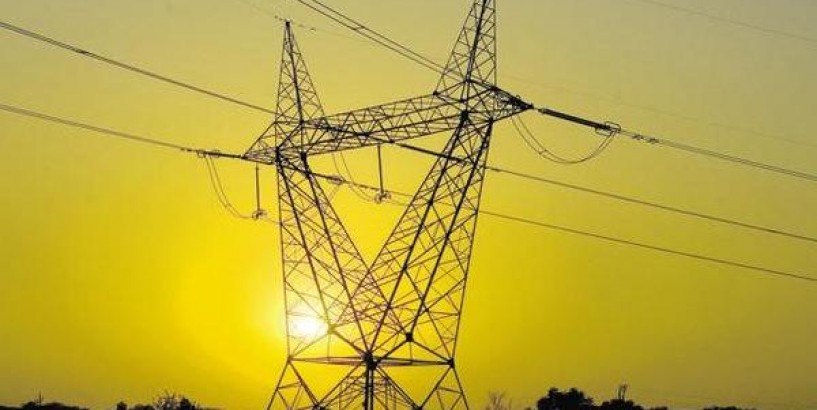MUMBAI: The external debt of state-owned electricity distribution companies (discoms) is set to increase to pre-UDAY levels of ₹ 2.6 lakh crore by the end of this fiscal, a note by credit ratings agency Crisil said today. With most states having limited fiscal headroom, continuous financial support to their discoms may be difficult, which forces these discoms to become commercially viable through prudent tariff hikes and a significant reduction in technical and commercial (AT&C) losses.
UDAY or Ujwal Discom Assurance Yojana , which was approved by the Union Cabinet in November 2015, sought to financially stabilize discoms by allowing them to convert their debt into state government bonds, subject to certain conditions. Crisil’s report is based on an analysis of discoms in 15 states that account for 85% of the aggregate losses.
After UDAY had been implemented, aggregate discom debt had fallen from ₹ 2.7 lakh crore in September 2015 to ₹ 1.9 lakh crore in FY16 and ₹ 1.5 lakh crore in FY17. This downward trajectory is now expected to reverse, moving up to ₹ 2.28 lakh crore in FY19 and ₹ 2.64 lakh crore in FY20.
As per the memoranda of understanding that states had signed under UDAY in 2015-16, their discoms were to initiate structural reforms by reducing AT&C losses by 900 basis points (bps) to about 15% in 2018-19, and also implement regular tariff hikes of 5-6% per annum. In lieu, state governments took over three-fourths of discom debts, thus reducing the interest burden. However, Crisil’s report found that while discoms enjoyed the benefit of debt reduction, structural reforms have been slow to come by.
For instance, AT&C losses reduced by only 400 bps by December 2018 from pre-UDAY levels and average tariff increases were a paltry 3% per annum.
“Further improvement in operations may face challenges because the focus on new rural connections without adequate tariff hikes can increase losses," said Subodh Rai, Senior Director, Crisil Ratings, said in the note. “Add to that the funding needs for budgeted capital expenditure, and the external debt of discoms would balloon to roughly ₹ 2.6 lakh crore by the end of FY20."
That arithmetic is based on the assumption of average tariff increase of 2%, and partial funding of losses through state government grants, in line with the commitments made under UDAY.
This leaves state governments with the same old choice - take hard decisions to get their discoms back into shape or prepare for another bail-out. In 2016, most states had the fiscal headroom to assume three-fourths of the debt of their discoms, but now, because of deterioration in state finances over the past few years, the latitude is limited.
“Nine of the 15 states under Crisil’s study, accounting for more than two-thirds of the total external debt of discoms, are already in breach of the Fiscal Responsibility and Budget Management Act bound of 25% debt to gross state domestic product ratio," said Naveen Vaidyanathan, Associate Director, Crisil Ratings. That makes structural reforms of discoms, especially ensuring cost-reflective tariffs and a material reduction in AT&C losses using measures such as smart metering, a critical need. Any delay would increase the pain for the power sector, especially for the generating companies, investors and lenders, he said.









